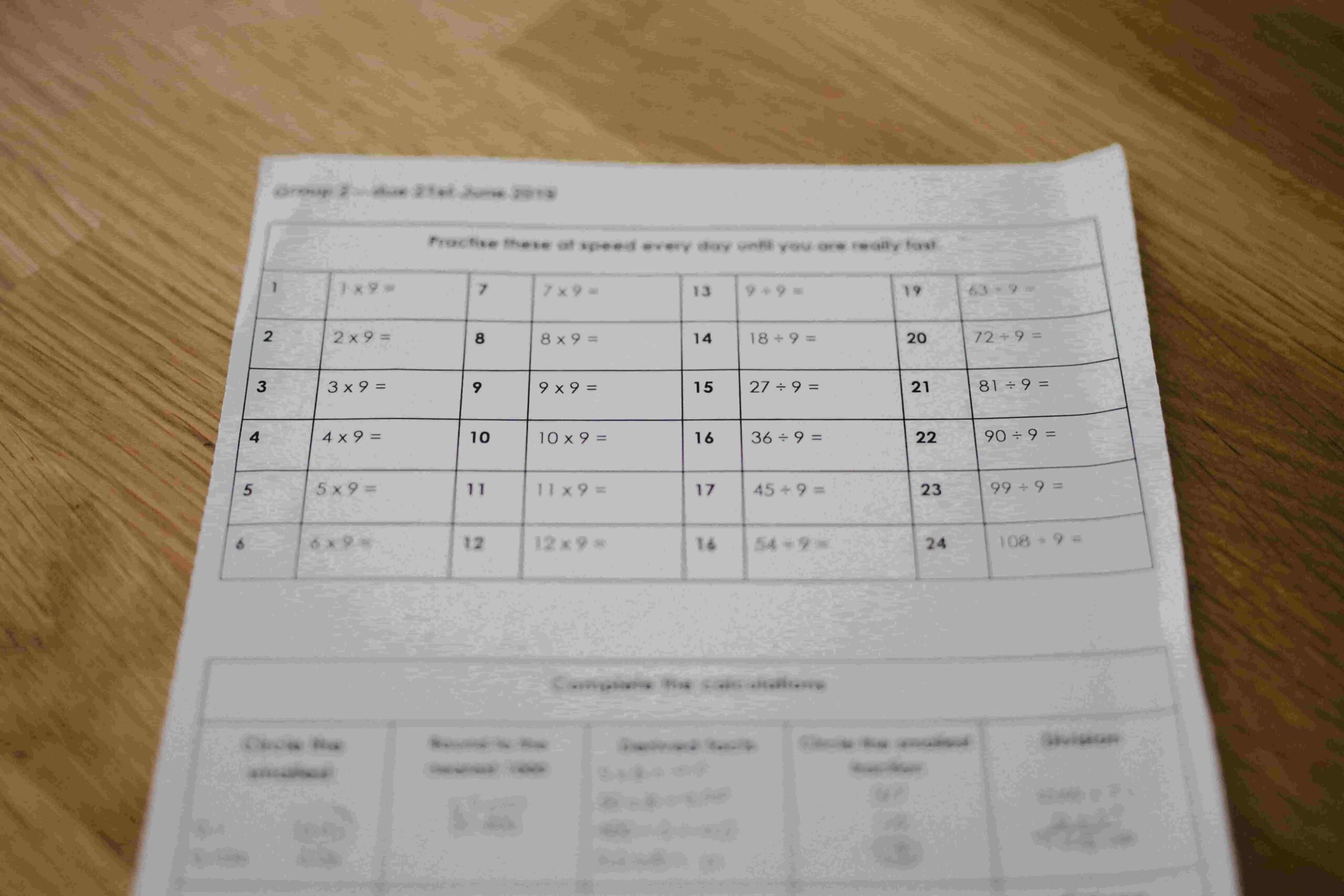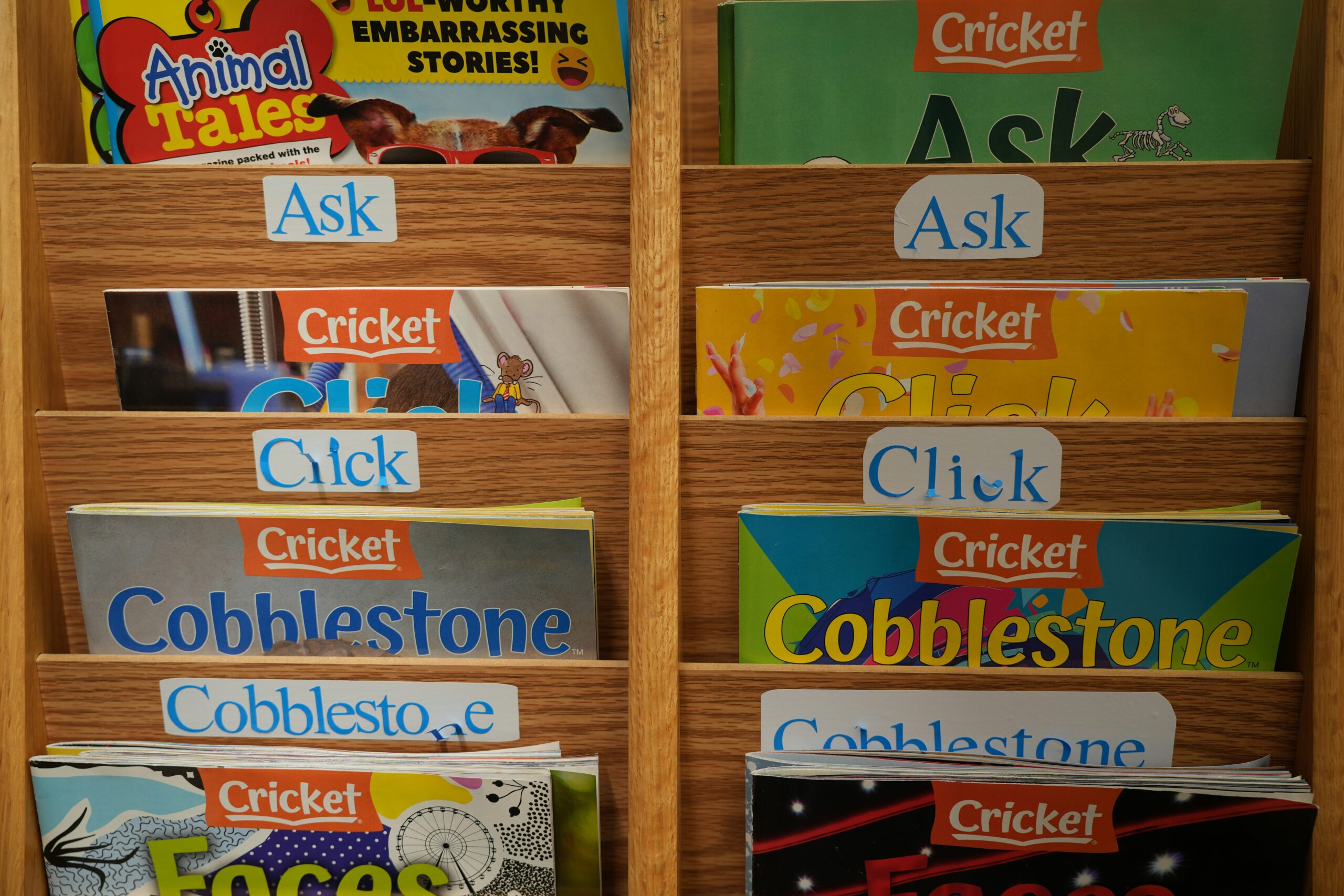Book Top Elementary School Tutors
Elementary School Education: Building Confidence and Skills in Grades 1–5
Introduction
Elementary school, covering roughly grades 1 through 5, is one of the most transformative periods in a child’s life. Children enter first grade learning to sound out words and add single-digit numbers. By the time they finish fifth grade, they’re writing essays, solving multi-step math problems, and beginning to understand their place in a broader community.
These years, typically ages 6 to 11, are about more than just academics. They are the foundation for independence, confidence, and lifelong habits. Children learn how to collaborate with peers, manage responsibilities, and build resilience. At the same time, parents often wonder:
- What should my child be mastering in each grade?
- How do I know if they are on track?
- What role should I play in supporting their learning?
This guide explores why elementary education is so critical, the key areas children develop during these years, how parents can help, and where extra support might be useful.
Why Elementary School Education Matters
The elementary years are often described as a “launchpad” for future academic and personal success. During this time, children transition from learning basic skills to applying those skills across subjects. The habits they form now—both academically and socially—often stay with them through middle school, high school, and beyond.
Some reasons why grades 1–5 matter so much:
- From “learning to read” to “reading to learn.” In the early grades, students focus on phonics, decoding, and fluency. By around third grade, the shift occurs: reading becomes the tool for learning science, social studies, and other subjects. Struggles in reading at this stage can ripple into every area of school.
- Math as a growing challenge. What begins as simple addition and subtraction quickly expands to multiplication, division, fractions, and decimals. These are the building blocks for algebra and higher-level problem-solving. Gaps here can make later math intimidating.
- Social and emotional development. Elementary school is where children begin to manage friendships, resolve conflicts, and develop empathy. They also start to navigate independence—taking responsibility for homework, projects, and personal goals.
- Healthy attitudes toward learning. Children’s self-image as “good at math” or “not a reader” often solidifies here. Encouragement, curiosity, and small wins during these years can set the tone for how they approach learning for the rest of their lives.
Key Areas of Elementary School Learning
Literacy & Communication
Reading and writing are the backbone of elementary education. Students expand vocabulary, tackle increasingly complex texts, and begin analyzing meaning. By the upper grades, they are expected to write organized paragraphs, persuasive essays, and creative stories.
- Early grades (1–2): Phonics, spelling, basic comprehension.
- Middle grades (3–4): Chapter books, summarizing, grammar rules.
- Fifth grade: Multi-paragraph essays, research projects, and strong comprehension across subjects.
Mathematics
Math grows steadily more abstract during these years. Beyond learning basic facts, students begin applying concepts to solve real problems.
- Early grades: Addition, subtraction, place value, introduction to measurement.
- By grade 3: Multiplication, division, fractions, and early geometry.
- By grade 5: Decimals, more complex fractions, and introductory algebraic thinking.
Strong number sense is crucial here—students who “just memorize” facts without understanding often struggle later.
Science & Inquiry
Elementary science sparks curiosity. Students explore life sciences, earth science, and basic physics concepts through hands-on experiments. They learn to ask questions, make observations, and connect cause and effect.
A third grader might grow plants in a classroom window to study life cycles. A fifth grader might build a model volcano to understand geology. These early experiences foster inquiry skills that drive deeper science learning later on.
Social Studies
Children begin to look beyond themselves, studying community, history, geography, and cultures. They learn how government works at a basic level and start to see their role as citizens.
Topics often include:
- Maps and continents
- Native cultures and early history
- Civic responsibility (rules, laws, voting in simple terms)
- Understanding diversity and culture
Arts & Creative Expression
Creativity is not just “extra”—it’s a core part of development. Art, music, drama, and creative writing allow children to explore emotions, problem-solve, and build confidence.
Drawing, painting, singing, and storytelling also strengthen memory, imagination, and even fine motor skills. Many children who struggle academically find self-expression and pride through the arts.
Physical Education & Wellness
Healthy bodies support healthy minds. Through sports, games, and physical activity, children build strength, coordination, and teamwork skills. PE also introduces lifelong habits around fitness, health, and perseverance.
Approaches to Elementary Education
Elementary education, covering Grades 1–5, lays the groundwork for lifelong learning. During these years, children move from basic skill-building to applying knowledge in more complex ways. Instruction balances subject mastery with cognitive growth across the core academic domains below.
Literacy and Language Development
Literacy is central to elementary learning. Early grades focus on phonics, decoding, and sight words, while later grades emphasize fluency and comprehension. By Grade 3, students are analyzing characters, identifying themes, and summarizing texts. Writing develops alongside reading: children progress from short sentences to full essays with structure and supporting details. Grammar, spelling, and vocabulary are woven into lessons so students learn to read with understanding and write with precision.
Mathematics Instruction
Math builds step by step, starting with number sense, addition, and subtraction, then moving to multiplication, division, fractions, and geometry. Teachers use manipulatives like blocks and tiles to make abstract ideas tangible. By Grade 5, students tackle multi-step problems, larger numbers, and early algebraic thinking. The progression is designed to develop both accuracy and confidence in problem-solving.
Science and Inquiry-Based Learning
Elementary science introduces life, earth, and physical sciences through hands-on exploration. Students form hypotheses, run experiments, and record results in simple lab journals. Lessons might include observing a terrarium or modeling the water cycle. By upper grades, children explain scientific processes with correct vocabulary and connect evidence to conclusions. This approach builds curiosity and critical thinking alongside factual knowledge.
Social Studies and Civic Understanding
Social studies begins with local communities and expands to state, national, and world history. Teachers use maps, stories, timelines, and artifacts to make lessons concrete. Students learn about fairness, rules, cultural diversity, and the cause-and-effect relationships in history. By Grade 5, they interpret events, examine multiple perspectives, and begin to understand their role as informed citizens.
Technology Integration in Learning
Technology is now embedded across subjects. Reading platforms adapt texts to student levels, math software offers instant feedback, and science lessons use digital tools to simulate real-world phenomena. Students also practice using word processors, presentations, and research tools while learning safe digital habits. Technology supports, but doesn’t replace, traditional instruction—its role is to deepen engagement and prepare students for a digital future.
The Role of Parents in Elementary Learning
Parents are still a child’s most important teachers. The support and encouragement children receive at home often makes the difference between struggling and thriving. Practical ways parents can help:
- Read daily. Even 15 minutes together boosts vocabulary and comprehension.
- Make math real. Cooking, budgeting, or playing board games teaches numbers in fun, practical ways.
- Ask open-ended questions. Instead of “How was school?” try “What was the most interesting thing you learned today?”
- Set routines. A consistent study time and bedtime help children stay focused and rested.
- Balance activities. Encourage play, creativity, and downtime alongside academics.
Common Challenges in Grades 1–5
Elementary school is a time of rapid growth and increasing academic demands. Students are expected to read longer texts, solve multi-step math problems, and work independently on assignments, all while navigating social dynamics and developing self-confidence. Every child progresses at their own pace, but certain challenges are particularly common in these years:
- Reading struggles. Some children fall behind in fluency or comprehension by third grade.
- Math anxiety. Students who miss key concepts often develop frustration or avoidance.
- Attention and focus. Longer assignments and tests require stamina that some children need help building.
- Confidence issues. Comparing themselves to peers, some children begin to doubt their abilities.
When Extra Support Can Help
Most children manage the academic demands of elementary school without outside intervention, but some may benefit from extra support to stay on track and feel confident. Parents can watch for patterns over time that suggest a child is struggling, rather than reacting to occasional bad days or isolated challenges. Not every difficulty signals a serious problem, but persistent issues in learning or confidence may indicate that additional help could be valuable:
- Homework regularly causes tears or conflict. Consistent stress around assignments may indicate the work is overwhelming or unclear.
- Grades slip despite effort. Falling behind despite trying hard can signal gaps in understanding that need attention.
- A child avoids reading or math altogether. Persistent avoidance often reflects frustration or lack of confidence.
- Teachers mention ongoing struggles. Educators can provide early warning signs and suggestions for targeted support.
- Your child says they feel “stupid” or “not good at school.” Negative self-talk may point to underlying struggles and lowered confidence.
These are moments when additional support—through school resources, structured practice at home, or tutoring—can help children regain confidence, strengthen skills, and enjoy learning again.
How Tutors Can Support Elementary Students
Tutoring is not just for children who are “behind.” Many families use it as a way to build confidence, reinforce skills, or even challenge advanced learners. Tutors provide:
- Personalized instruction. One-on-one support tailored to your child’s pace.
- Skill reinforcement. Extra practice in reading, math, or study strategies.
- Confidence building. A safe space to ask questions without peer pressure.
- Test preparation. Guidance on approaching standardized or classroom exams.
- Support for transitions. Helping students prepare for the jump to middle school.
Find Elementary Tutors Near You
Elementary school is a time of tremendous growth—academically, socially, and emotionally. With encouragement at home, supportive teachers, and access to resources like libraries, clubs, and community programs, children can thrive during these years. And when extra support is needed, a qualified tutor can provide personalized guidance that helps children feel confident and capable.
Explore local and online tutoring options to find the right fit for your family—and help your child enter middle school ready to succeed.















